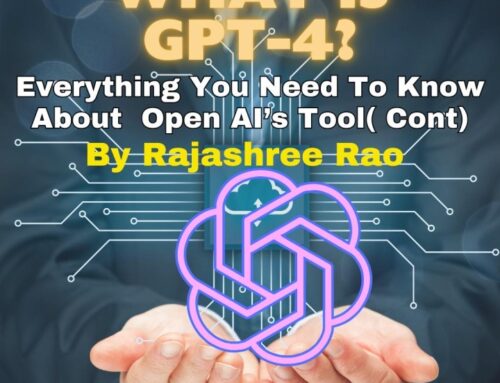Internet of Things (IoT) is transforming the realm of the Fashion industry in a way which is too glamorous for the world to handle.
I will be presenting a case study on how the Fashion Industry will be reshaping its entire business model to take on the Fashion Revolution which is going to transform the whole shopping experience forever.
It has always been my dream to wear the world-class outfits designed by the world’s top best fashion designers. With the burgeoning of the IoT technologies Augmented Reality (AR), Virtual Reality (VR), and 3D Imaging I can envision my dream into a reality. We are now eliminating the current traditional model of the fashion industry and introducing my vision of the future of designer customer relationship.
Every Fashion house, a designer label or a brand will have their franchise across the globe. The franchise will have installed a robotic scan, cut, and sewing machines that are integrated with the design patterns of the collections by that designer or brand using Artificial Intelligence (AI) to map the algorithms of the designer cutting patterns. There will also be individual robotic machines installed to perform specific functions such as embroidery, beadwork, fitting buttons, patch works, washes, accessories, etc.
In the franchise, the customer will use the sizing booths for measurements. Then the customer tries out various designs and styles using VR and finalises on the design or style that best suits him/her. Once the design has been selected, it is fed for production to the back-end system.
In the back-end, the fabric is cut precisely to the size using the automatic scan and cut machines and is tailored by fine stitching within the next couple of minutes. The customer will have the final outfit or the garment ready within the next fifteen to thirty minutes. Any additional changes or customisations that the customer desires can also be incorporated on the spot for an extra cost.
All this is possible because in the Fashion Industry the designers finalise the Trend, Theme, Range, Designs, etc. well in advance approximately 12 to 18 months before the Fashion Show. This lead time allows the designers to source the raw materials and be made available to their franchises.
The most significant Challenge in the Fashion Industry is the carrying cost or holding cost. This evolution will eliminate the following capital expenditures:
- Renting or Owning of outlets
- Inventory carrying costs
- Warehouse for storing stocks
- Workforce for running the stores
- Reducing Perishables
- Zero Shrinkages
- No Pilferages or Theft
Apart from the above cost-cutting factors, the greatest advantage is in eliminating the packaging costs and paying advance value tax. This transformation ensures 100% customer satisfaction and value to the manufacturer. This business model also creates uniformity of the garments sold across the globe in terms of the fabric, design, style, etc. I will no more be required to travel to either US or Europe to shop from the God’s of the Fashion Industry.
To summarise, my vision will revolutionise the world of Fashion by eliminating the overheads of the intermediary and shrinking the distance between a customer and the designer and opening out to a world that was never tapped before.




